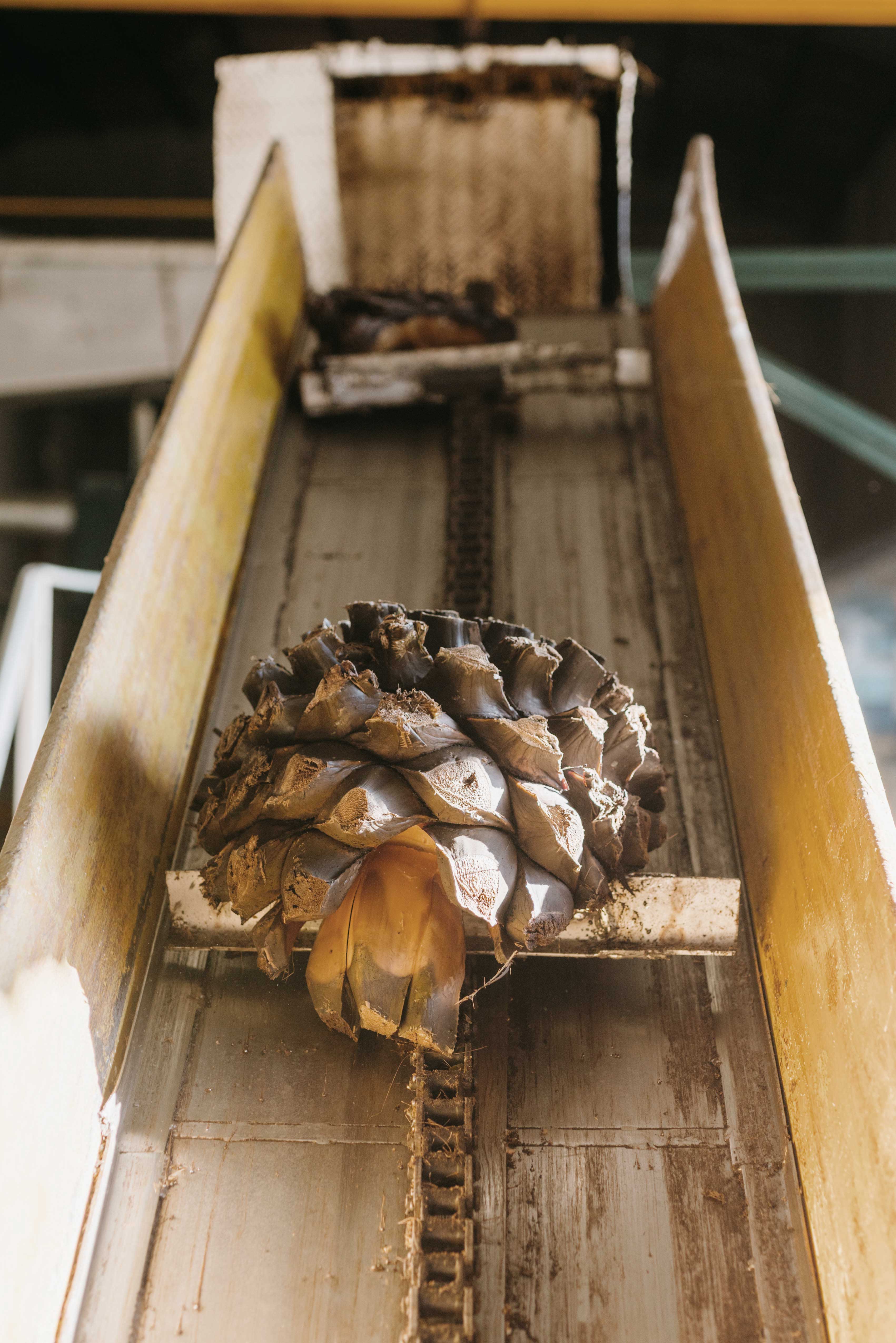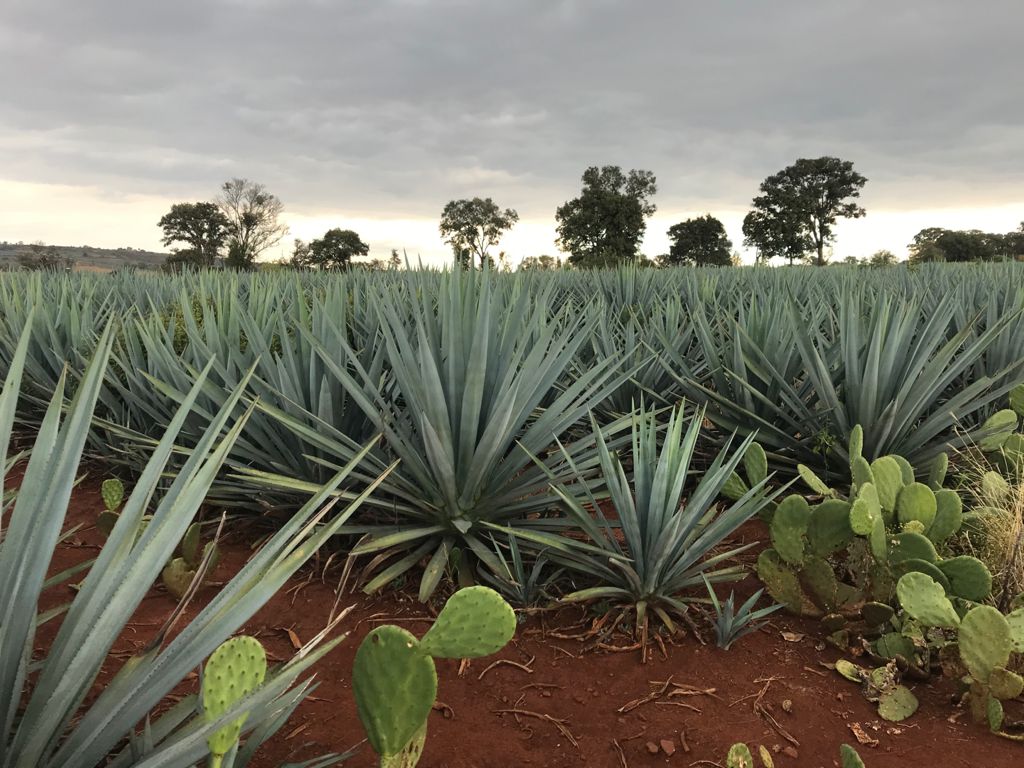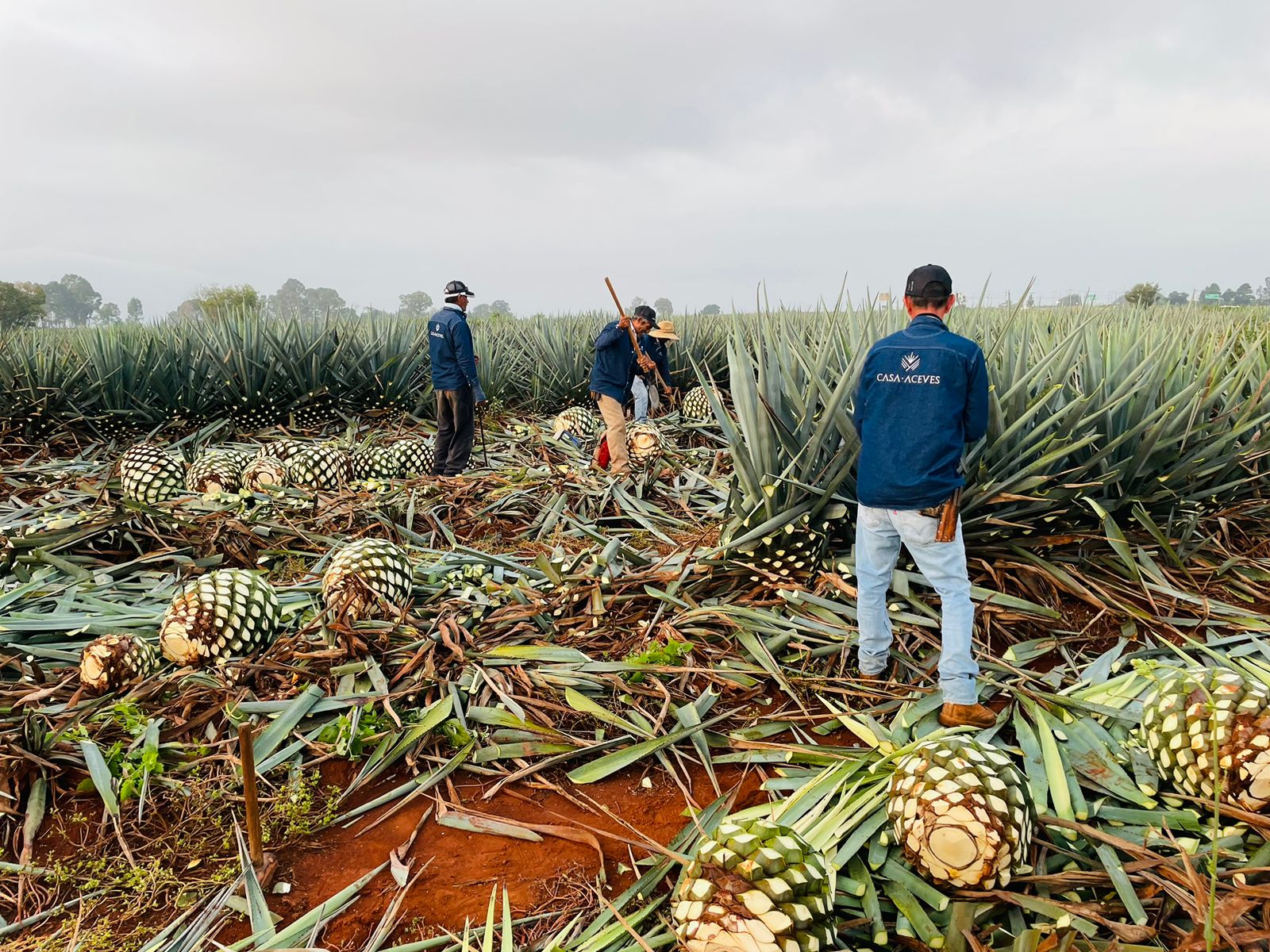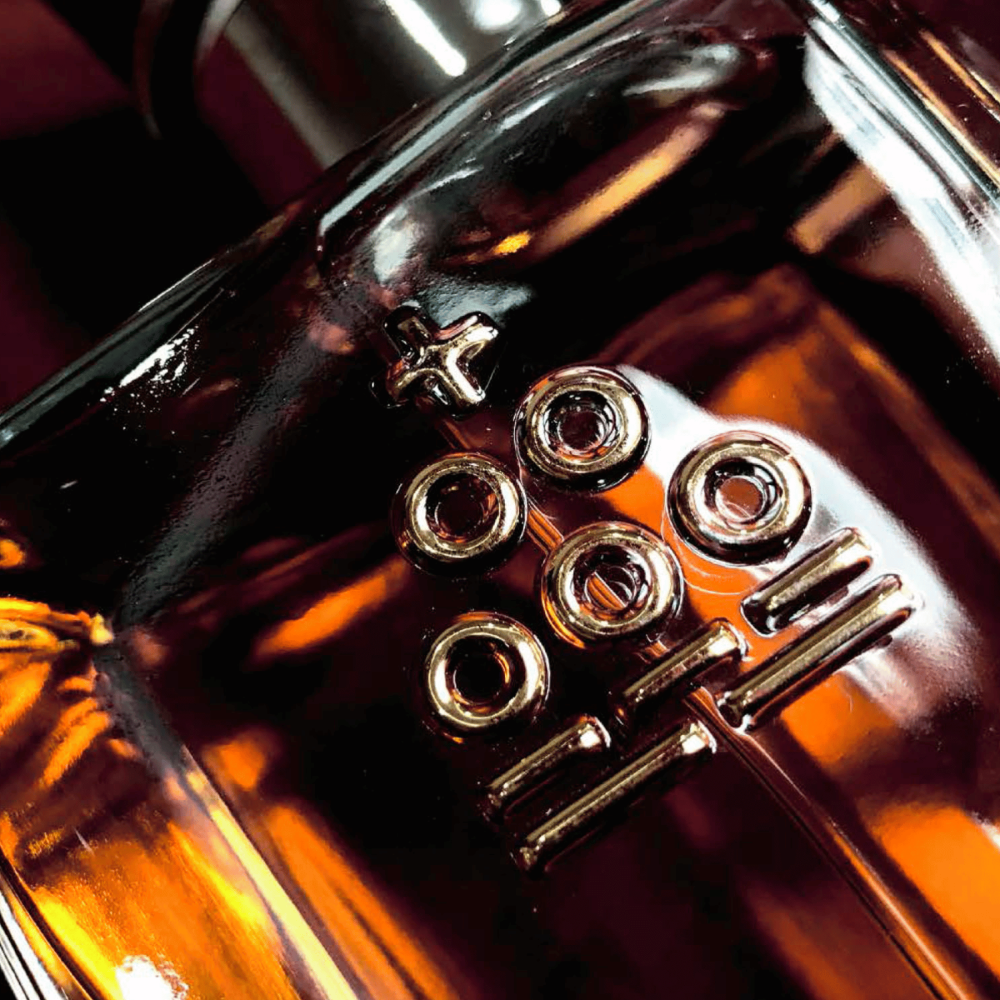Agave Cooking
Agave is no ordinary fruit – it doesn’t come with readily available fermentable sugars. Agave requires a conversion process to release its sweet flavors, which are locked up in long-chain polysaccharides called fructans. That’s where the magic of energy conversion comes in! The most popular fructan is inulin, but there are many other kinds. Basically, inulin is just a long chain of fructose molecules that need to be hydrolyzed before they can be released. And the easiest way (but not the only way!) to do this is by cooking.
If you’re curious about how this cooking process works, there are three main ways to do it: pit ovens, brick ovens, and autoclaves (we’ll cover diffusers later on).
Pit Ovens
Pit ovens are a super traditional method, where piñas (the heart of the agave plant) are buried in a pit with hot rocks and a heat source for 3 – 7 days. It’s very time consuming, but this method has been used for hundreds of years and is still used today for mezcal and other regional agave distillates.
Brick Ovens
Brick ovens are a bit more modern and started to replace pit ovens around the turn of the 20th century. Piñas are stacked inside brick ovens powered by steam and the process takes 48 – 72 hours. It still requires a lot of manual labor, but it’s a faster and more efficient method.
Autoclaves
Last but not least, you have autoclaves – the most modern and efficient method. Essentially, autoclaves are giant pressure cookers that can cook agave or agave juice quickly and efficiently. This method was adopted from the sugar refining industry and has been in use for about 50 years.
Milling: Agave Shredding and Juice Extraction
The process of making tequila is both ancient and complex. To get the sugary liquid trapped inside the roasted agave hearts, they must be pressed. There are four main methods to do this: hand crushing, tahona, roller mill, and diffuser.
Let’s take a closer look at each one.
Hand Crushing
This traditional method involves human power and wooden bats and/or machetes. It’s a labor-intensive process that’s typically used only by small mezcal producers. In fact, as of this writing, we only know of one tequila maker who still uses this ancient method.
Tahona
For at least 400 years, the tahona method has used volcanic stone wheels to crush roasted agave. These days, the tahona can be powered by engines, tractors, donkeys or horses. While this process had fallen out of favor in the latter half of the 20th century, it’s now seeing a resurgence in popularity.
Roller Mill
Popularized in the 1950s, this method breaks down roasted agave by running it through a series of five rollers. The resulting fibers are rinsed with water to release fermentable sugars, which are then collected and sent off for fermentation. This method, which has been adapted from sugar cane production, is the most commonly used milling method in tequila distilleries.
Diffuser
The diffuser is a newer, industrial technology that even some traditionalists use. It works by spraying hot water, and sometimes sulfuric acid, under high pressure over the shredded, uncooked agave. The diffuser is highly efficient and can extract up to 98-99% of the available sugars, but the resulting tequila lacks the complexity you get from traditional methods.
Who knew there were so many ways to make tequila?
As with everything that nourishes the soul, patience is required in the process to ensure a great outcome. And let me tell you, the tequila industry is just simply incredible! Come along with us and discover more.
👇🏻 Follow Us On Instagram to learn more about the amazing world of tequila, from an insider’s perspective. 🥂✨











